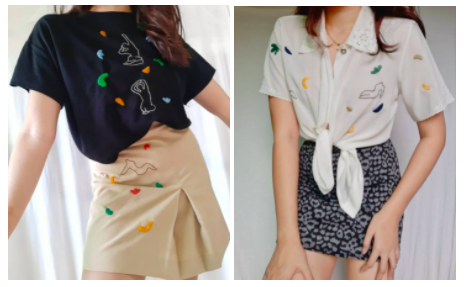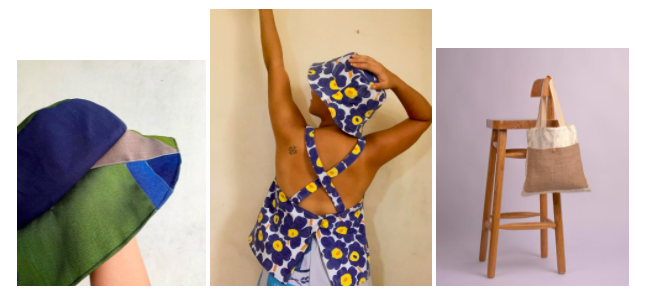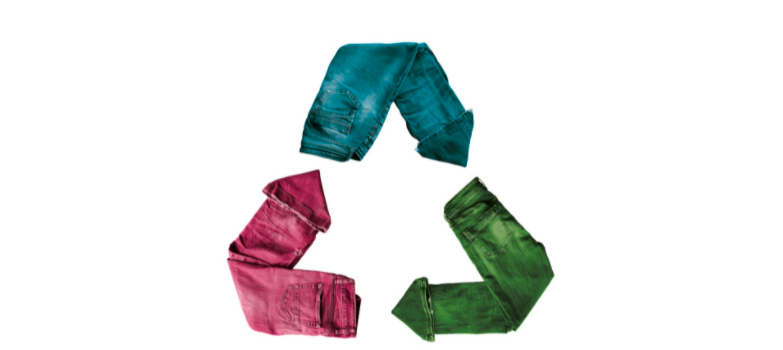Fashion is not only a function— it is an expression, it’s art, it’s a sense of identity, and it’s personal. We like to keep up with the latest fashion, looking back from bustle dresses and babydoll dresses, to low waisted pants and leather jackets. Indeed, fashion has evolved through time and it is still evolving as we progress, but how does this affect our environment?
Fashion changes quickly and in order to stay in trend people buy more clothes, although the more we buy, the heavier impact it has on our environment. Fashion industry is the second largest consumer of our water supply, it also produces 10 percent of human carbon emissions.
Reports said that huge denim companies denied the amount of toxic carbons they release while producing their products which contributes to air pollution.
According to studies, the fashion industry consumes about 79 billion cubic metre of water per year. To produce a shirt and pants, about 20,000 liters are needed, this much water could supply people’s living for a long time.
Despite the threat, we as consumers can do something about this. We can still be a fashion icon while saving the environment with these tips:
Invest in high quality clothes
Shopping new pieces for your closet is fun, but look out for good quality pieces at reasonable prices. Some claim that expensive clothes equate to good quality while cheap means low quality.
Those hoaxes are not necessarily true but even so, good quality clothes equals longer use— regardless of its price point. Quality over cheap quantities. Always.
Make sure to check and inspect the clothes you will buy, inspect it inside and out. It’s better to check now than regret it later.
How we handle our clothes is also important. Extend your clothing’s lifespan by washing it less or washing it by hand and air drying it. Knowing how to sew comes in handy to fix that rip on your pants too.
Redesign or better yet Upcycle
Research said that by 2030, the fashion industry will increase its water consumption by 50 percent. Some fashion companies have made their contribution to sustainability, so us consumers should do our part too.
Make your clothes more personal by redesigning them. Ready your scissors and sewing kit, and get your creative juices flowing. Create your own style by turning that torn shirt into a new design or add some color to your pants by adding some DIY patches.
Upcycle the textile wastes by creating headbands, pillows, and more cloth-patches. Be creative and make those clothes your blank canvas.
One man’s trash is another man’s treasure
Instead of throwing your old clothes away, go to your nearest charity institution and donate your clothes so other people can utilize it.
Get your money back by selling your preloved clothes, but make sure the quality is still good and sell it at a reasonable price.
Go thrift shopping
From a shop for used goods to a place evolving to a rising enterprise, stick within your budget and venture to different choices while playing Macklemore’s ‘thrift shop’ as you enjoy your shopping.
The thrift culture rose widely as influencers started to post more about thrifting. In the United States thrift bazaar ‘ThriftCon’ was organized. But it received criticisms, claiming that some are “way too overpriced”.
Thrift shopping can be a lot of fun as you get to pick unique and vintage pieces for your closet, but then again, you should have a budget to stick to. Be quality-oriented when thrift shopping.
Support sustainable fashion brands
Supporting sustainable fashion brands means the materials used in their clothing have less negative impact on the environment. Sustainable clothing reduces water consumption and human carbon emissions.
These shops can assure you that your money is being used for a better cause.
Here are some shops you could check out:

Re clothing is a sustainable fashion brand that aims to lessen clothing waste by giving second hand clothes a new flare by hand embroidering them.

This next shop makes fashion out of flour sacks and makes it into an entirely unique fit. Craftcha makes comfy and cute clothes not only from sackcloth but also in katcha cloth, old jeans, hinabi and scrap cloths. Aside from their unique clothes they also make pillowcases, wallets and bags.

Fabric scraps also contribute to environmental waste but with RIOtaso, each fabric scrap contributes to a whole new outfit. They stitch fabric scraps together and produce unique and colorful clothes. You can buy tops, bucket hats, tote bags and more at their shop.
These are the few ways you can achieve being fashionable but also save the environment. Think, act and choose responsibly in your next shopping trip.
________
DISCLAIMER: All views and opinions expressed in this post are solely those of the contributor/s and do not represent those of InqPOP! and INQUIRER.net. The InqPOP! staff assumes no liability for any error in the content of this material. Got something you want to share to the world? Get a chance to publish your awesome creations and share it to the world through our InqPOP! Creator Community program. Send us your stories, videos, photos, fan fic, and even fan art at [email protected]
For more details, read the POP! Creators FAQ page.



